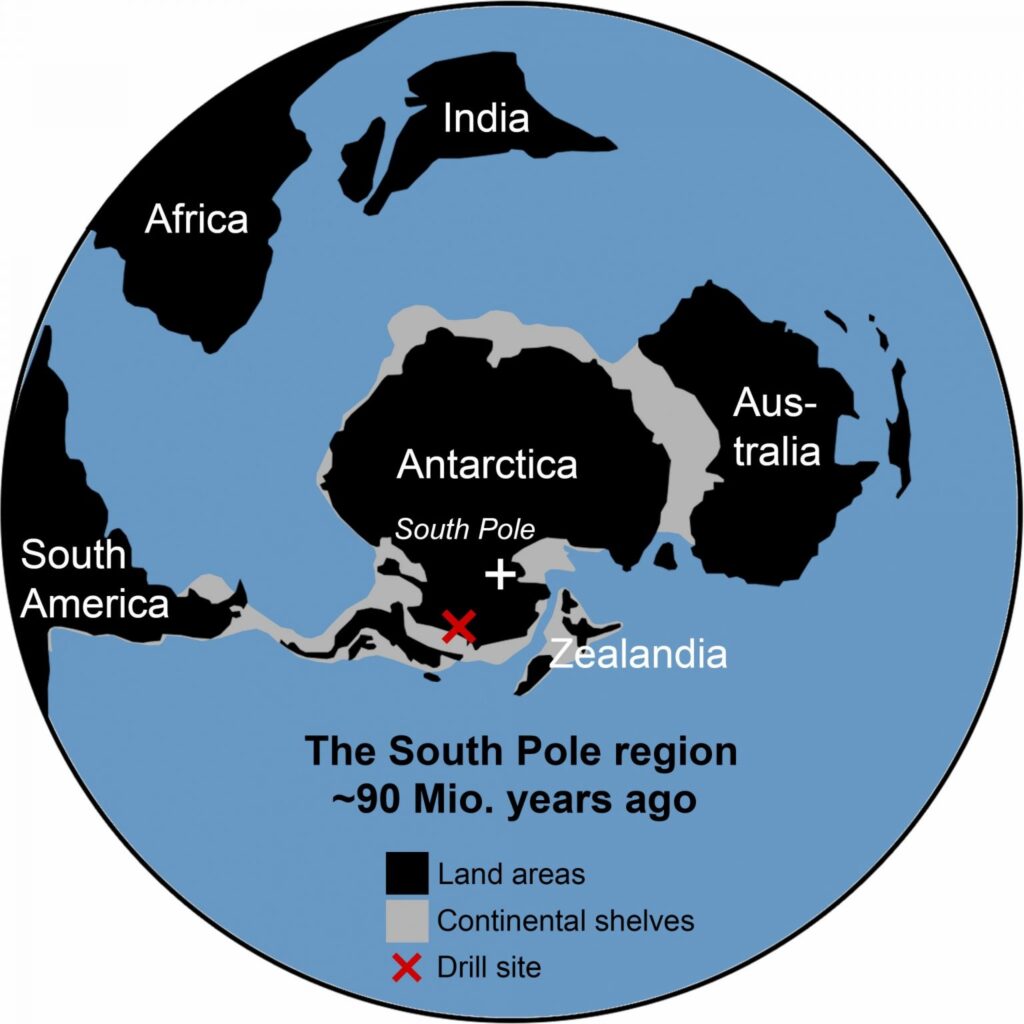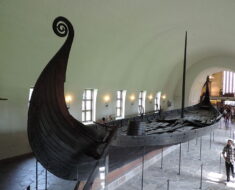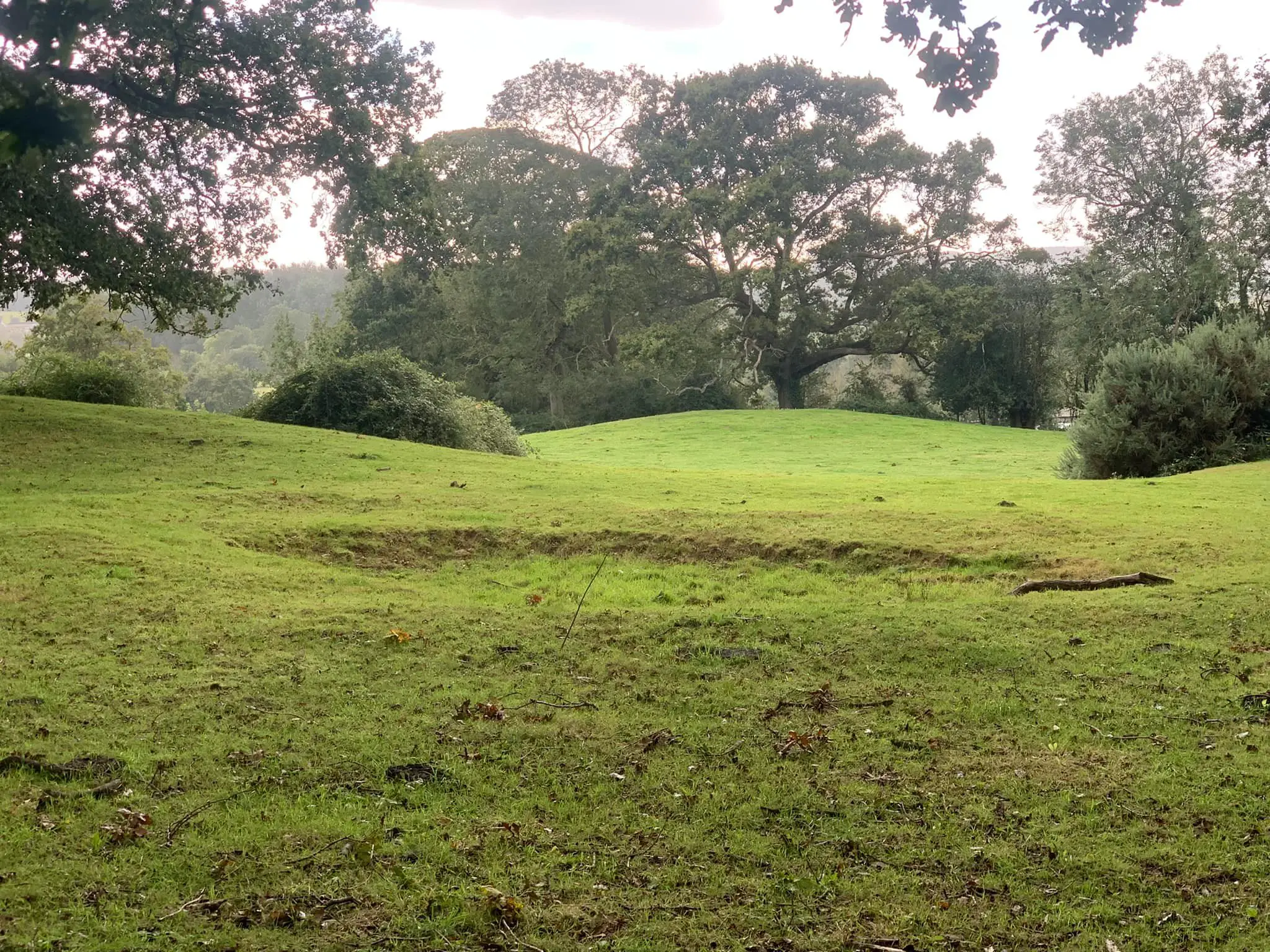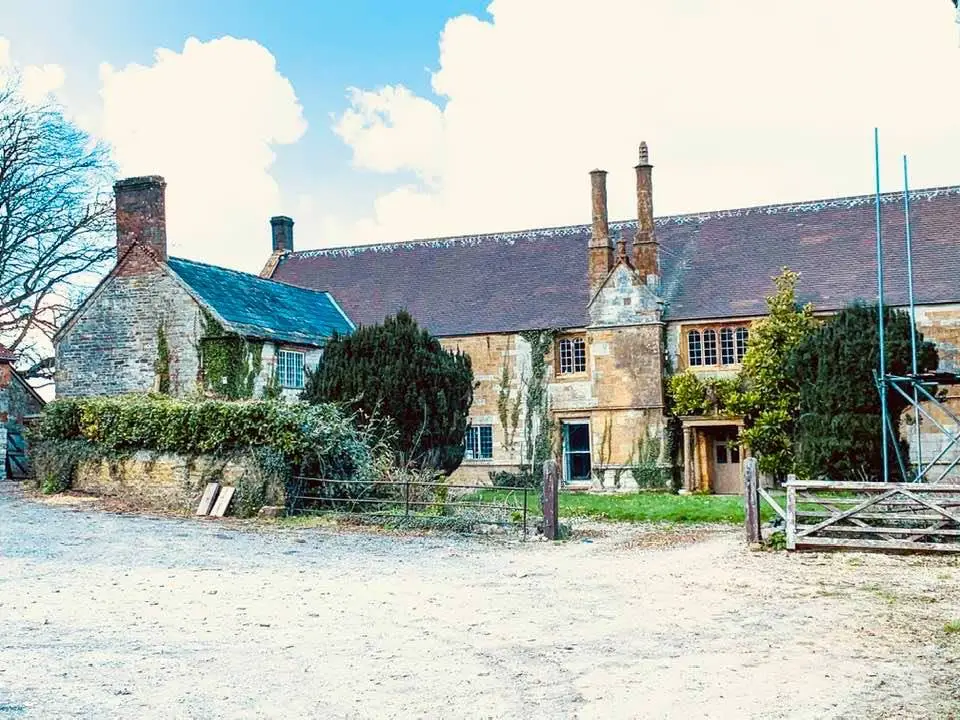When we picture South Pole, most of us imagine freezing cold temperatures that demand heavy, hooded coats lined with duck down in order to go outside for even a minute.
Intrepid explorers may have willingly gone to the geographical extreme that is the South Pole, but for the average individual who has a less stern constitution, travelling there would be challenging at best, and a death sentence at worst.
Content
There was a time, however, that Antarctica was not the frozen tundra we know today. Approximately 90 million years ago, experts say, temperatures were mild – downright warm, in fact.

Jungles
And vegetation grew that had more in common with rainforests than the sparse scrub of cold climates. It is difficult to imagine, but at one time the landscape near the South Pole resembled that of Brazil’s jungles.
In 2017, a team of researchers, from Germany and the U.K., were exploring an area close to Pine Island Glacier, in West Antarctica.
Their discoveries proved that, approximately 145 – 65 million years ago, the region was a temperate rainforest. They found evidence of 90 million year old vegetation – fossil roots, pollen and spores that indicated greenery once flourished.
Fossilised Roots
The team knew immediately that what they had discovered was rare because of the colours – the fossilised roots were markedly different than the layer of sediment that covered them.
Fortunately, the fossilised roots discovered were extremely well preserved, so samples were taken from the “core sediment,” as one researcher explained. To further their study the team used a computed tomography (CT) scanner to look deeper into the earth and soil beneath the surface.
Thanks to the tools used to conduct their research, the scientists were able to build a kind of replication of the vegetation. They concluded that, in order for such vegetation to grow near the South Pole, summer temperatures must have been around 19 degrees Celsius.
Water in the area reached as high as 20 degrees Celsius. What makes this particularly astounding is not simply the marked difference between the Antarctica of then and the Antarctica of today; it is that the vegetation grew in spite of being plunged into darkness for four months each year.
Lights Out
That has remained unchanged – the Polar darkness, during which the region gets no sunlight whatsoever. There was also evidence of heavy rainfall in the area. The team likened the area back then to some of the swampy, forested areas of New Zealand today.
During this time – the Cretaceous Period – dinosaurs roamed and many places looked little like they do today. Scientists agree that, in general, the world was warmer back then. Nonetheless, these findings were quite a surprise to climatologists, paleontologists, and other experts who specialize in the Cretaceous Period.
The work undertaken by the team, like all thorough scientific research, has posed many more questions that need addressing – questions about climate change, the warming planet, and how some assumptions about climate in certain regions during certain periods don’t always stand up to investigation.
Ice Shelf
As is the case in so many cold regions today, Pine Island Glacier is losing substantial amounts of ice as the area warms. In 2020, another massive iceberg, approximately the size of Washington, D.C., broke away and fell into the ocean.
It is a region that is rich with possibilities for more research. However, it is delicate too, subject to the vagaries of a warming planet while supporting a complex ecosystem.
Another Article From Us: 25,000-Year-Old ‘Home’ Made of the Bones of 60 Mammoths
If you like this article, then please follow us on Facebook, Instagram
But beneath its ice and snow, beneath the freezing temperatures that rule Antarctica today, lies more evidence of the rainforest that once existed there, and scientists and paleontologists continue to plumb those depths to discover all they can about life in the region millions of years ago.





